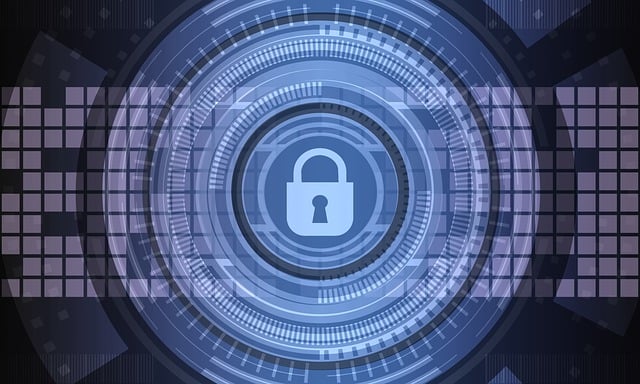Encryption is changing the text that can be read into a form that cannot be read and comprehended by a human. Encryption changes information from its original plaintext form into a ciphertext before sending it across a network.
The transmitter and the receiver must engage in two-way communication for the encryption process to work. In order to transform data from plain text into an encrypted form, a special key is required. The sender and recipient both have a copy of the key. Using this mutually agreed-upon encryption key, the process of encrypting and decrypting may be carried out.
A popular example of this encryption form is WhatsApp’s end-to-end encryption. Your gadget encrypts the message you transmit before it reaches the recipient. Messages are encrypted using a cryptographic lock, the key to which can only be discovered at the receiving end.
There are two primary categories of data encryption methods.
1. Asymmetric Data Encryption Technique (Public Encryption Key)
There are two major kinds of encryption in use today. Data encryption using asymmetric keys is one such method. The transmitter and receiver use their unique set of keys to encrypt and decode the data during transmission using this approach. To ensure the security and privacy of the sent data, the sender encrypts it using a public encryption KEY before sending it, and the recipient uses a private encryption KEY to decode the information. You can encrypt data with a private key and decode it with a public key, or vice versa; asymmetric encryption works either way.
2. Symmetric Data Encryption Technique (Private Encryption Key)
There are two major kinds of encryption in use today. Symmetric data encryption is one of them. The transmitter and receiver have access to the same keys in this encryption method. The sender uses a secret key to encrypt the data, and the recipient uses a secret key identical to the senders.
Who Should Use Data Encryption?
In light of the increased danger posed by cybercrime in the modern world, every person and major company that uses the internet or stores even a small amount of pertinent data on it must implement at least some basic encryption measures.
Any organization that stores sensitive information in a database should use data encryption. When the information contained in a database is critical, its encryption becomes an absolute need. An unencrypted database is a potential security risk that might cost a company its credibility and reputation if its administrators are careless.
Encryption is an essential tool whose importance can’t be overstated, as it helps to preserve the privacy of sensitive data and its original form (the two most crucial tenets of Information Security). Almost every bit of information we encounter when surfing the web must pass through an encryption layer before reaching its destination.



